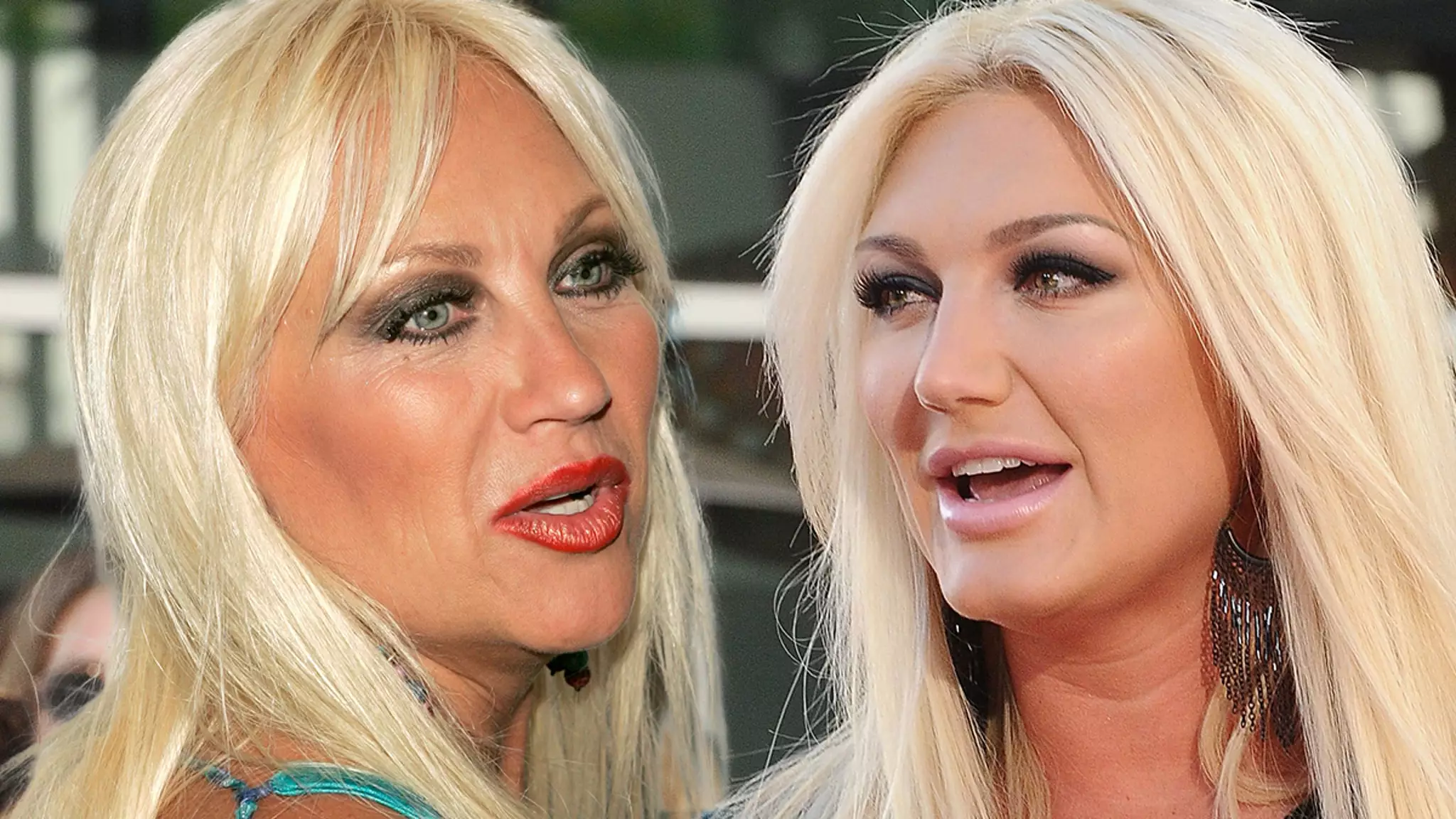Recent tensions within the Hogan family have taken center stage, presenting a vivid portrayal of emotional distress cloaked under the guise of public exchange. Brooke Hogan and her mother, Linda Hogan, are embroiled in a high-profile clash that has drawn the attention of several media outlets and fans alike. What initially appears to be mere celebrity gossip has evolved into a complex narrative of familial dysfunction, betrayal, and claims that pierce through the very fabric of their public personas.
In a democratic age of social media, where everyone possesses a platform to voice opinions and share experiences, the weight of familial strife carries a different kind of gravity. Brooke, responding to allegations made by her mother, engaged in a fervent defense through Instagram. Her words were punctuated with an exasperation that screamed for validation as she tackled accusations of narcissism head-on. What is particularly striking about this incident is not just the personal stakes involved but the manner in which these conflicts play out publicly, revealing layers of emotional intricacies rarely navigated in the light of day.
Public Relations or Personal Pain?
Linda Hogan’s claims regarding Brooke’s character paint a picture rife with psychological conflict; she rebukes her daughter’s allegations of being verbally and physically abusive, presenting herself as the victim instead. This twist in narrative raises critical questions about the nature of memory, loyalty, and the often-damaging effects of parental roles. Linda asserts, rather boldly, that the cycle of narcissism predates Brooke, implicating not only her daughter but her former spouse Hulk Hogan as well. This broad brushstroke of blame emphasizes a desire to deflect accountability for her own actions, illustrating a troubling dynamic in which each party seeks to undermine the other.
What becomes evident is the increasingly toxic environment within their family framework. Linda’s insistence that Brooke took sides during her divorce from Hulk suggests a fracture that extends beyond mere disagreements; it implies a deep-seated betrayal, further complicating their relationship. When mothers and daughters clash publicly, the stakes are vastly inflated—each word serves as ammunition. The public’s fascination with such dramas feeds the flames, often bypassing the psychological ramifications for those involved.
Attention-Driven Outbursts
The act of venting personal grievances on digital platforms today raises ethical considerations about mental health and the implications of public scrutiny. Social media serves as a megaphone, amplifying the strife far beyond what may have been intended in private discussions. Brooke’s insistence on sharing “receipts” from her past—photos that contradict her mother’s claims—puts her in a precarious position as she seeks credibility while jeopardizing the privacy that might be essential for healing. The drive for validation in a society that thrives on spectacle can lead to a staggering loss of dignity and intimacy, as families navigate accusations that were once confined to the privacy of their homes.
Linda’s challenge to the public—to find anyone willing to support Brooke’s claims—stands as an audacious gambit. In a social media age where narratives thrive on collective approval, the need to sway public opinion often overshadows personal recovery. It’s clear that these women are not just wrestling with each other; they are fighting against the crushing tide of external perceptions, while simultaneously attempting to preserve their identities against the backdrop of past trauma.
The Complex Nature of Truth
Ultimately, truth in familial conflicts is a fractured mosaic, glinting through the shards of individual perspectives. Past events can warp in recollection, colored by personal grievances and emotional scars. Brooke accuses her mother of extensive abuse, whereas Linda insists on her innocence, asserting that any harm was insignificant in comparison to the emotional turmoil brought about by her daughter’s behavior. Both narratives coalesce into a tragic collage—each woman battling demons that are as much external as they are internal.
This dispute encapsulates the broader issues of how families communicate—or fail to communicate—when faced with their issues in public forums. The stature of the Hogan family, often characterized by glitz and glamour, is now sullied by accusations that reveal a darker side to their life in the limelight. As the saga unfolds, one wonders not only about the future of their relationship but also the ethical implications of turning personal strife into public drama.

